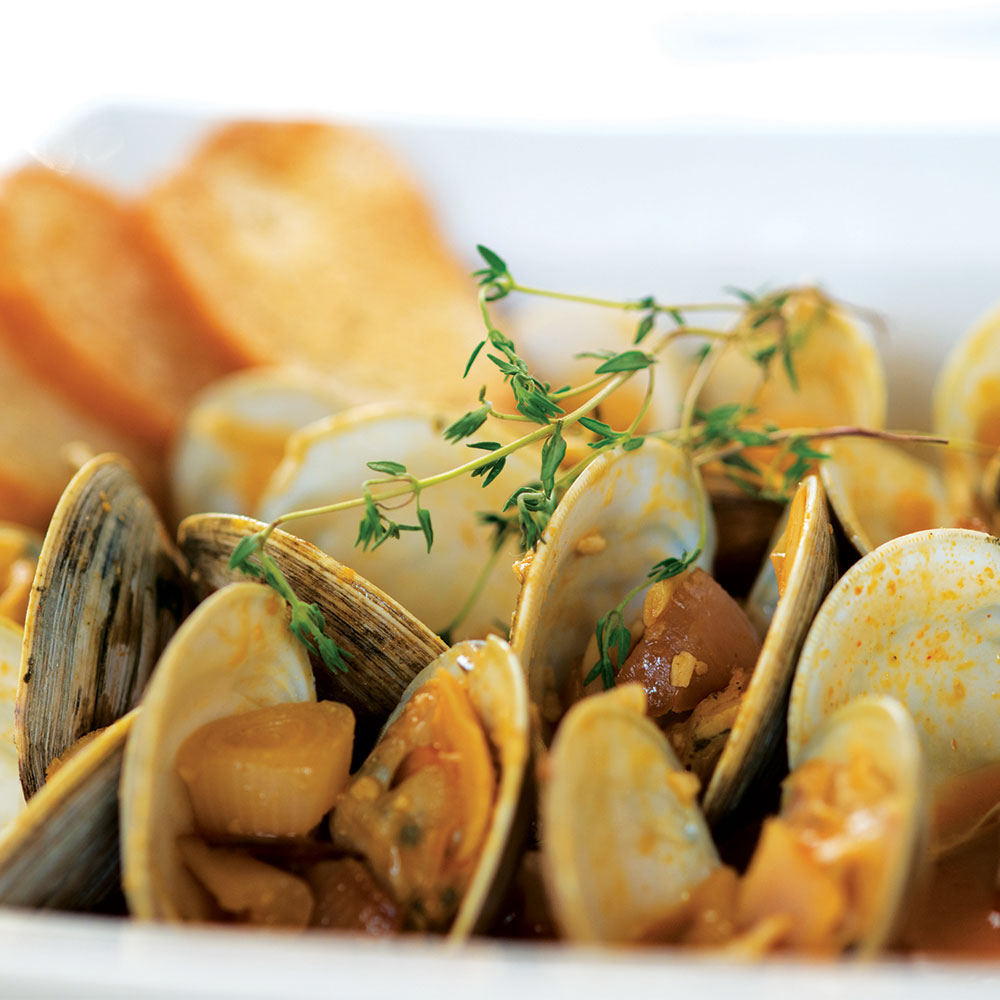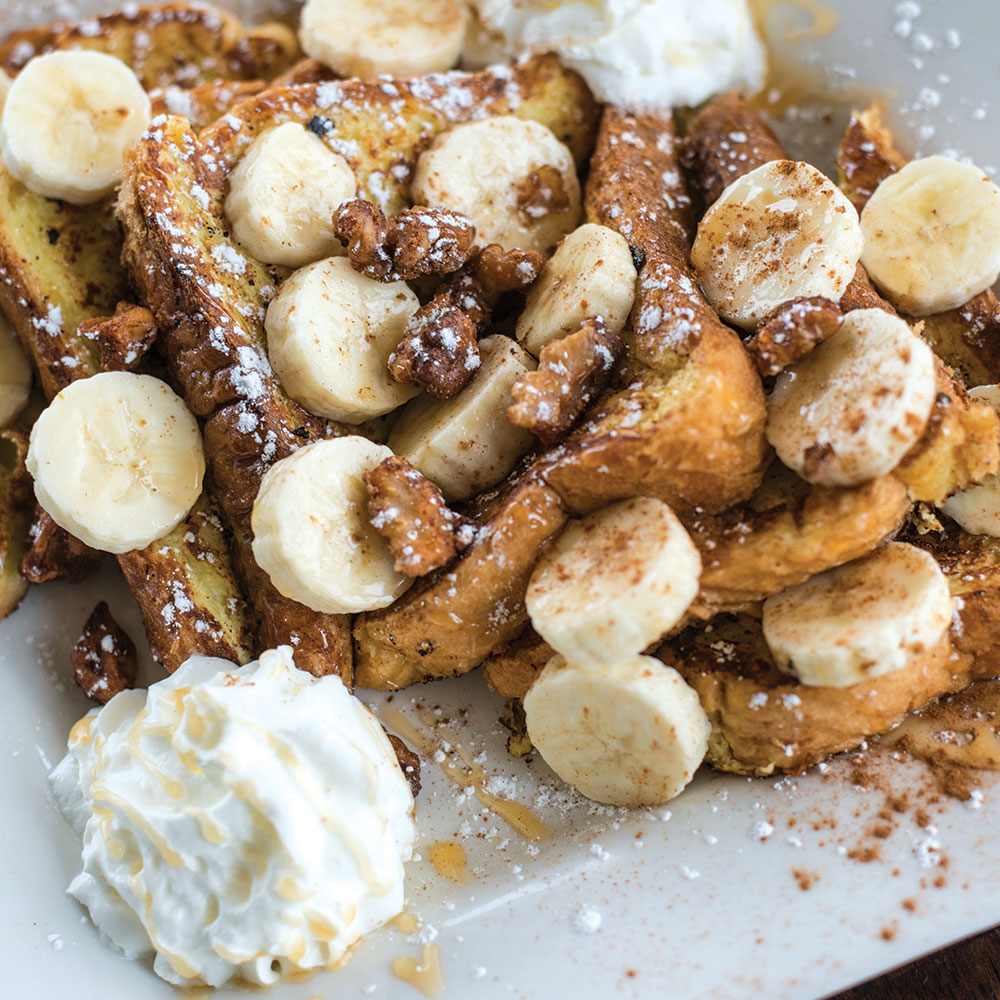
Coppa
Presented by Spinnerstown Hotel
INGREDIENTS*
- Pork neck, good quality (weight varies with size of hog)
- 2.75% kosher salt
- .25% TCM (tinted curing mix) #2
- 0.045% black pepper, coarse ground
- 0.025% cloves, ground
- 0.01% bay leaf, ground
- 0.01% juniper berries, crushed
- 0.015% cinnamon, ground
- 0.01% nutmeg, ground
*All measurements are in grams, and seasonings need to be calibrated by percentage, relative to the weight of the raw meat. For example, for a 1000 gram coppa (about 2.2 pounds), the kosher salt required totals 27.5 grams, 2.5 grams of TCM #2, and so on. Break out the calculator!
DIRECTIONS
Have an experienced butcher trim the meat into a boneless, uniform shape. Mix all the salt and the seasonings together, and rub on the meat. Place the coppa and all the extra salt and seasonings in a vacuum-sealable bag and seal. Place the bag in the fridge for 14 days. Flip the bag every day. After 14 days have passed, remove the meat from the bag and gently scrape off any excess salt and seasonings.
Prepare the coppa for hanging by trussing with butchers twine. Create a loop at one end for hanging the meat.
Hang in a curing chamber at 55–57°F and 80–82% humidity for an absolute minimum of 3 months.** (Prior to that time, the meat will be tough and the taste unpleasant. Test periodically by shaving off a small bit and sampling. During the curing process, check the appearance of the meat: Chalky white spots are a benign type of naturally occurring mold, which may trimmed or scraped before eating; green or blue spots should be cut from the surface before wiping the newly exposed area with white vinegar and continuing the process; red or black mold is dangerous, so dispose of the meat immediately.)
When optimally aged, slice as thin as possible and enjoy as part of a charcuterie board, wrapped around slices of melon, or chopped and scattered on a pizza—among numerous other options. Cut only as much as needed at serving time; cover remaining coppa in plastic wrap and store in the refrigerator.
**These conditions may sometimes be found in an old-fashioned type of cellar (not a finished basement) or root cellar. Passionate hobbyists might invest in a manufactured meat curing chamber, and DIYers can study numerous online instructions for building a more cost effective version.
Disclaimer: While there are always inherent risks associated with curing meat, people have been creating these products successfully for centuries. Researching methods and processes for best safety practices and results is recommended.
YIELD VARIES BY WEIGHT & USE
Share This Article
As seen in the Winter/Spring 2021 Issue
Click to Visit Our Advertisers




